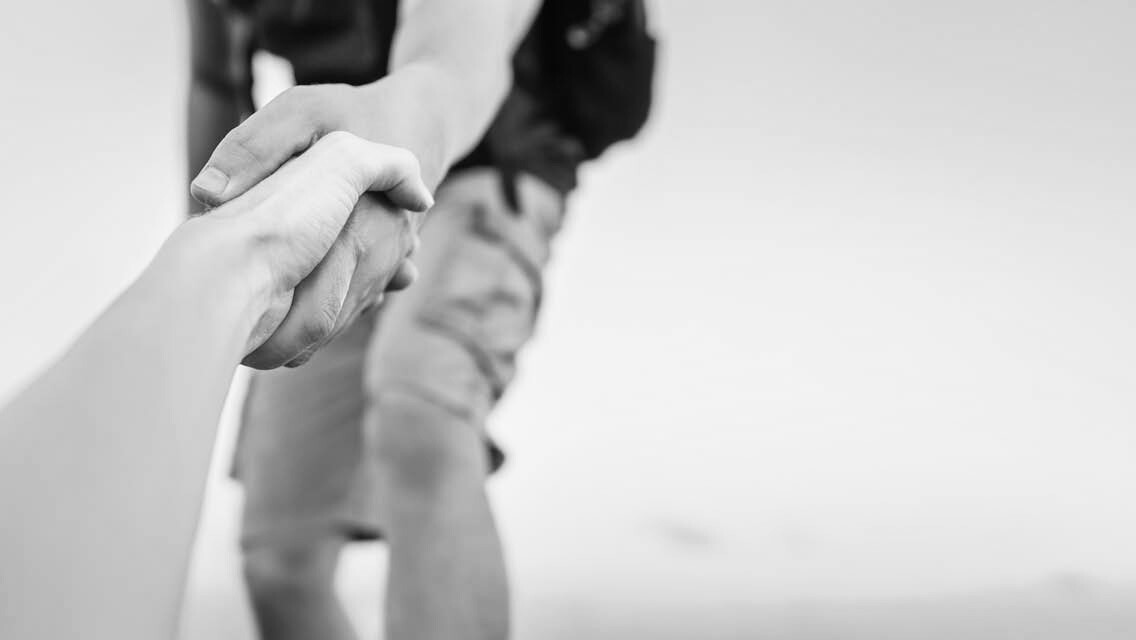Personal Bridges

By Rodney Bullard
CEO The Same House PBC | Former Senior Executive at Chick-fil-A / Global CSR, ESG and Marketing Leader | Best-Selling Author | Former AUSA | Former Air Force JAG l Corporate and Non-profit Board Director
Building bridges starts in the heart. This is where empathy, Compassion, and the desire to help others take root. The first step in the personal journey of building bridges is recognizing the needs of others and empathizing by feeling their distress. It’s easy to get stuck here because it’s uncomfortable to see someone suffering or to put ourselves in someone else’s shoes. We may not know how to act or what to say. It may seem easier to ignore the distress and hope someone else sorts it out. This is how we maintain the status quo or even slide backward.
“Unfortunately, that concern varies a lot from person to person and is influenced by different environmental factors, such as how much the person in need resembles you, whether you encounter suffering in one person or the suffering of multitudes, and whether you think someone deserves to suffer because of their bad behavior, and your social status.”
Empathy and concern go together and trigger how a person responds to a situation. While empathy is essential, it’s a wired response that often activates based on the people closest to us. This can cause further division if we fail to see the other side’s perspective or situation.
Whereas empathy is passive, Compassion is active. Compassion causes us to assess the situation and ask, “how can I help?” It’s answering the call to ease the struggle regardless of whether we are comfortable. Compassionate people are focused on solutions and how they can create a positive impact. They build collaboration, trust, and loyalty due to their generosity.
When empathy and Compassion work together, they build bridges of great strength. When Hurricane Katrina hit New Orleans in 2005, the devastation was unimaginable. Without being asked or paid, emergency personnel, health, and rescue workers from all over the country showed up to help a city of people who were suffering.
With our country empathetic to the tragedy, many people showed Compassion and found ways to help. From a 9-year-old’s lemonade stand to mothers collecting necessary supplies from their neighbors, people from every walk of life found ways to show kindness and understanding. It didn’t take substantial individual commitments, large amounts of money, or a particular type of education. Collectively all these things combined created a massive impact.
That’s where we can all start. Whether it’s a simple act like raking leaves for an elderly neighbor or spending an hour mentoring someone less fortunate, we all can turn our empathy into action. It starts with how we think and responds to those we can help. This solid foundation allows us to build bridges with an intention that keeps us connected.
